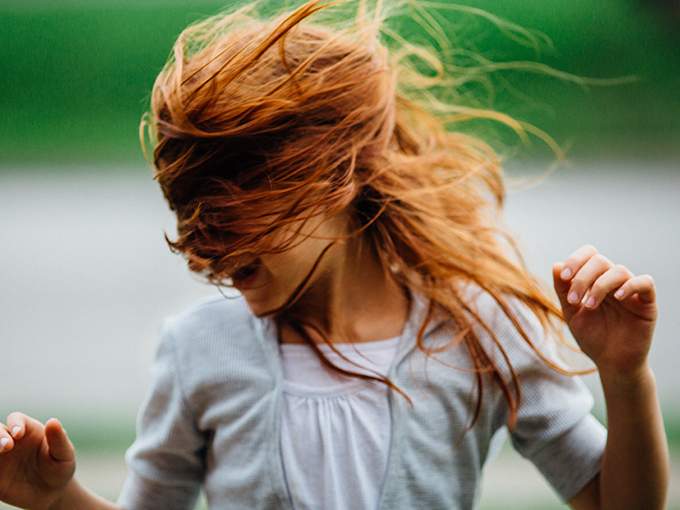As COVID-19 guidelines for safe filming are being struck by governments, entertainment guilds and labor unions, stalled live-action TV shows and movies are gradually returning to life. Production protocols in harder hit regions, such as the UK, France and US state Georgia, have been drafted, while measures for California and Canada are expected in the next two weeks. Despite the progress, producers are now grappling with a number of financial and legal uncertainties as they decide how and when to bring back shows and features.
The clock is ticking particularly fast for live-action kids projects because producers rely on the short summer season to work with child actors while they’re out of school. What would happen if kids productions missed this all-important window?
In this series, Kidscreen checks in with producers and broadcasters to hear more about their live-action filming plans.
Whatever the official guidelines will be for safely filming live-action shows and movies in Canada (rules are expected in June), many producers are expecting costs to increase for key elements including insurance, personal protective equipment and potentially longer shoots. And depending on how the measures limit cast and crew size, smaller productions with fewer locations could have the upper hand.
Despite the uncertainty, children’s TV producer Sarah Haasz expects her new instructional kids series Let’s Dance (working title) for Canadian pubcaster TVO will be set up for success because it’s a small production and will save money by filming at French-language pubcaster TFO’s real-time virtual reality studio Luv.
The Luv studio, which is powered by Epic Games’ Unreal video game engine, reduces the need to shoot at multiple locations or build sets because it uses greenscreens and real-time technology. It also allows directors to work faster with actors and cuts down on post-production time, all of which have newfound appeals in a social-distancing world.
“Using Luv’s green screens, it will look like the kids are actually going to dance class, and we’ll also use fantastical backgrounds, including a castle environment,” says Haasz.
After pitching the series to TVO last year, Haasz was hoping to shoot in July and August of this summer. But when the live-action show was finally greenlit last month during the pandemic, her plan changed.
“TVO said we would have to hold off shooting until they could get a better snapshot of what the city, provincial and federal restrictions [for film and TV production] would look like, and when they would be removed,” says Haasz.
Haasz bumped her plans to film until September, but is now waiting on clearances from the show’s two indoor locations—Luv, and a local dance school. Due to the ongoing lockdown, the venues aren’t able to confirm any type of schedule at this time, so Haasz and TVO are taking a “wait and see” approach. Haasz says vying for studio space is going to be an ongoing challenge later in the year now that COVID-19 has delayed so many live-action projects.
“Fortunately, I’ve already booked my camera crew,” she says.
Let’s Dance is Haasz’ first kids project as an independent creator-executive producer, although she still holds her current role as Cottonwood Media’s head of live-action and animated series for North America.
The 39 x seven-minute series for kids ages three to eight will be made on a modest budget (Haasz can’t disclose the amount), and will feature a cast of five actors. The size of the production, according to Haasz, was one of the reasons why TVO’s director of kids TV Marney Malabar picked it up. “If one of the upcoming mandates states that you can gather in a room, but it has to be 50 people or less, we’re good,”says Haasz.
Despite not knowing when cameras will roll on Let’s Dance, Haasz says she’s relieved the show will be moving forward during this difficult period, and is thankful to have extra time to prepare.
“The good news is shows are being greenlit,” she says. “People need hope that productions are going to happen. I’m also happy to have this time to do proper pre-production. We wouldn’t be prepared if we had to shoot in June or July.”
Haasz will now use the summer to continue auditioning actors through Zoom and work on scriptwriting for the show. Once guidelines are released in June, she says she’ll have a better idea of how to provide a safe environment for the show’s crew and cast. “We’re dealing with kids so you have to be extra cautious,” she says.
Photo by Johnny McClung courtesy of Unsplash





















